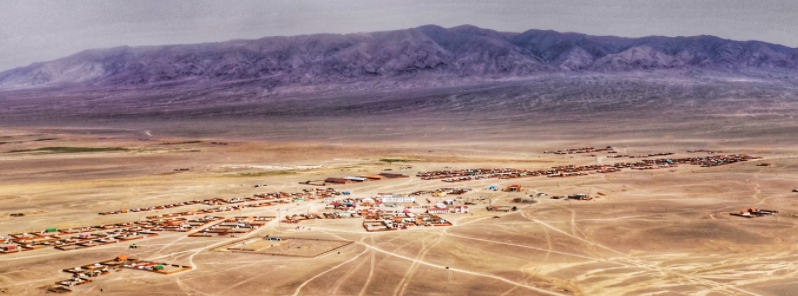More than 330 000 people affected by drinking water shortage as drought hits southern and eastern China

More than 330 000 people in rural areas of southern and eastern China are facing a drinking water shortage due to drought affecting the region since October 2020, the government said. About 2.4 million people had already been impacted by the dry spell, and concerns are growing in other areas such as Guangxi, Hunan, and Yunnan.
More than 500 000 ha (1.2 million acres) of arable land had been hit by the drought, leaving more than 330 000 people without enough supply of drinking water, the Ministry of Water Resources said Thursday, February 4, 2021.
Since October last year, rainfall in southern regions of the Yangtze River had been 50 to 80 percent lower than normal.
So far, around 2.4 million people had already been affected by the drought in the provinces of Zhejiang, Guangdong, and Fujian. Meanwhile, concerns are growing in Guangxi, Hunan, and Yunnan, the ministry added.
In Taizhou in Zhejiang, residents of Snament county have been reeling from their worst dry spell in 50 years, state broadcaster CCTV reported.
Authorities have ordered the water supply to residents' homes to be turned off on alternate days, and non-essential businesses that consume large quantities of water were ordered to cancel their operations. In rural areas, drinking water is delivered to people by fire engines.

Multiple regions of Zhejiang, Guangxi, and Yunnan Provinces in South #China are experiencing water shortages. The Ministry of Water Resources dispatches teams to help combat the #drought that has affected 7.13 million mu of farmland. https://t.co/WG1kw0GL9k pic.twitter.com/tjjOz0mYR5
— The Paper 澎湃新闻 (@thepapercn) January 27, 2021
Amid China’s winter of weird weather, a nagging drought has created a water shortage for millions of people in Zhejiang, a province the size of South Korea, with some jurisdictions resorting to rationing the precious resource.@yuanyeahyuan reports: https://t.co/aG4kgDBiHW pic.twitter.com/ZMYmtzC7Wo
— David Paulk 波大卫 (@davidpaulk) February 9, 2021
According to Yuan Yuan, deputy director of the China Meteorological Administration’s forecasting office, the drought was mostly caused by La Nina.
"The abnormal cyclone circulation has continued since October, and its intensity increased this winter."
Qian Yonglan, a senior researcher at the National Meteorological Center, said the dry spell had already impacted winter crops, and if rainfall continues to be low, rice seeding and planting may also be affected.
"However, as early rice has not yet been planted on a large scale, the impact so far has been limited."
The Zhejiang government is yet to release figures on the drought's effect on agricultural production but said that the lack of rain is likely to last until April.
Featured image credit: Pexels

Commenting rules and guidelines
We value the thoughts and opinions of our readers and welcome healthy discussions on our website. In order to maintain a respectful and positive community, we ask that all commenters follow these rules.